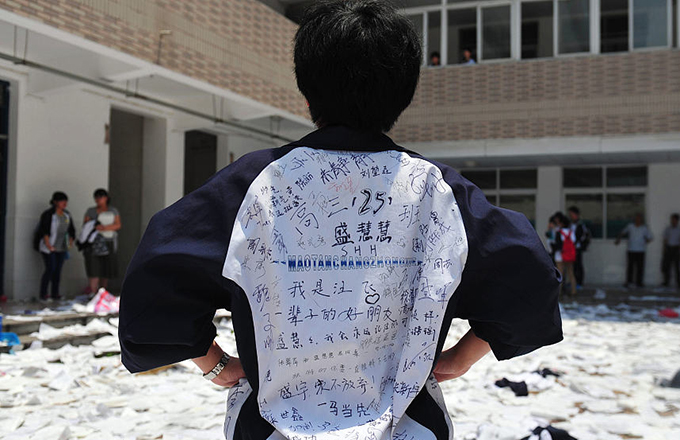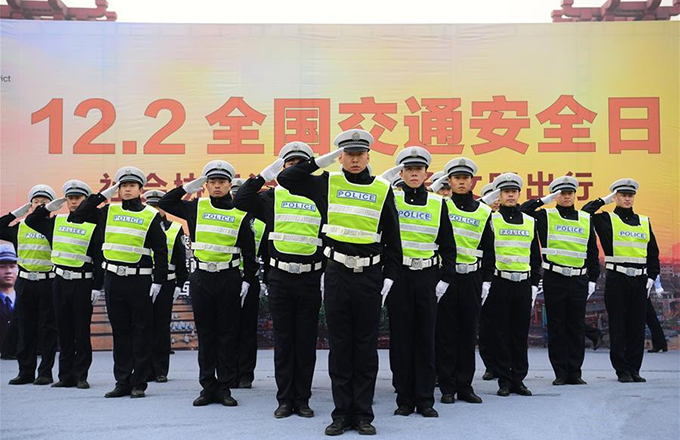"One Belt, One Road" project and a role of Republic of Kazakhstan in it
The XXI century is a century of full openness and globalization. In general, the world economy has undergone great changes in recent decades. Into the world arena appeared such a strong player as China, in many economic and social indicatorsleaving behind such world powers as Japan and Germany. But China is not just a country, it's a civilization with a several thousand yearhistory. China went through a very thorny and long journey to grow from a young dragon into today's most powerful red dragon. The Celestial Empire continues to amaze the whole world with the pace of its economic growth and does not even dwell on the progress achieved. So, in autumn 2013, in the capital of the Republic of Kazakhstan, Chairman of the People's Republic of China Xi Jinping put forward an initiative to create The Silk Road Economic Belt (SREB) also known as "One Belt, One Road".
This program considers the plan of economic development and global integration both for China itself and for all countries involved in this large-scale project. According to the historical example of the Great Silk Road, the implementation of the project "One Belt, One Road" gives a lot of advantages to all its participants:
1) Continuous trading
2) Strengthening of closeness between people
3) InfrastructureInterconnection
4) Free movement of capital
5) Political coordination
Thus, The Silk Road Economic Beltis a strategy for a more balanced development of regions, a strategy that allows achieving more balanced external relations. That is, on the one hand, the initiative allows the creation of a new space for the development of the western regions of China, and on the other hand, it is a new platform for the development of PRC relations with the states of Central and West Asia.
The strategy "One Belt, One Road" plans to cover three continents, Asia, Europe and Africa. There will be three main directions:
1) From China through Central Asia, Russia to Europe (to the Baltic Sea);
2) From China through Central Asia, West Asia to the Persian Gulf, the Mediterranean Sea;
3) From China to Southeast Asia, South Asia, to the IndianOcean.
Despite the fact that each route differs in its specificity, they are united by a common starting point (China) and a single program task - the construction of a comprehensive, multilayered, integrated network of interaction. Thus, the SREB initiative can be seen as a Sino-centric project for creating a network of partnerships in Eurasia, while the tools used to form a partnership network are extremely wide ranging, from political-diplomatic coordination to financial mechanisms, from trade and economic instruments to expanding humanitarian cooperation.
A simple confirmation of this is Xi Jinping's message that in the next 10 years, China will provide 30,000 SCO scholarships for the development of humanitarian cooperation and youth exchanges, as well as 10,000 government scholarships, to students from countries along the Silk Road.
As for me, in 2014 I received a Chinese Government Scholarship to study aMaster's program at the East China University of Science and Technology, so I can safely say that I am a part of this global project. Being a citizen of Kazakhstan and having studied for 3 years in China, I would like to note the role of Kazakhstan in the idea of "One Belt One Way" and the further prospects of bilateral relations between China and Kazakhstan.
Kazakhstan is a country that has served, serves and will serve as a bridge connecting East and West, Asia and Europe, this is a country located at the junction of civilizations. As known, the idea of SREB was voiced in Kazakhstan, and this can hardly be called an accident. Because it was exactly here, on the border with China, that the famous Great Silk Road began, to which the historical reference of the whole modern project is heading. The main part of the road of the Great Silk Road ran through Zhetysu (Seven Rivers) and South Kazakhstan; the existence of this path contributed to the development of this region, significant growth of cities and trade ties.
Today, the cooperation of the republic with a big neighbor in the east is very friendly and mutually beneficial. Against the background of the concept "One Belt, One Road", Kazakhstan developed its state program "Nurly Jol" (Bright Future), which perfectly corresponds to the previous one. So, for the period from 2014 to 2016, Kazakhstan signed contracts with China for 48 billion dollars, and the total amount of Chinese investments in the economy of Kazakhstan exceeded $70.6 billion. Both states are interested in developing a transit transport corridor, for instance, by the creation of logistics centers in Kazakhstan and the simplification of customs and financial procedures. So, the construction of a large project - the international transit highway "Western Europe - Western China" is drawing to a close. The construction of the “Khorgos-Almaty-Aktau” railway is also underway, with the aim of increasing the volume of transit traffic through Kazakhstan to 35 million tons per year.In addition to the logistics aspect, joint industrial projects amounting to about $50 billion are being implemented. Especially it would be desirable to note cooperation in the agricultural sector, where China has already implemented more than 20 projects.
Thus, relying on the above, it can be argued about the good conjugation of “Nurly Zhol” and SREB, which is proved in practice by financial confirmation from the Chinese side. The fact that China assigns an important role to Kazakhstan in the "One Belt One Road"program, while Kazakhstan at the same time is sympathetic to the implementation of this program, showsone can say that it means a great deal for the prospects for mutual cooperation.
Personally, I believe in the initiative of the modern Silk Road, I think that the Chinese government is very competent in the issue of globalization and the policy of openness, stimulating the integration processes between the West and the East. Moreover, I believe that Kazakhstan will make a significant contribution to the development of the project "One Belt One Road". And for my part, I will do my best to use mygained knowledge within the scope of implementation of this great project.
Damir Kadirov is a master student of chemical engineering shool at East China University of Science and Technology.
























